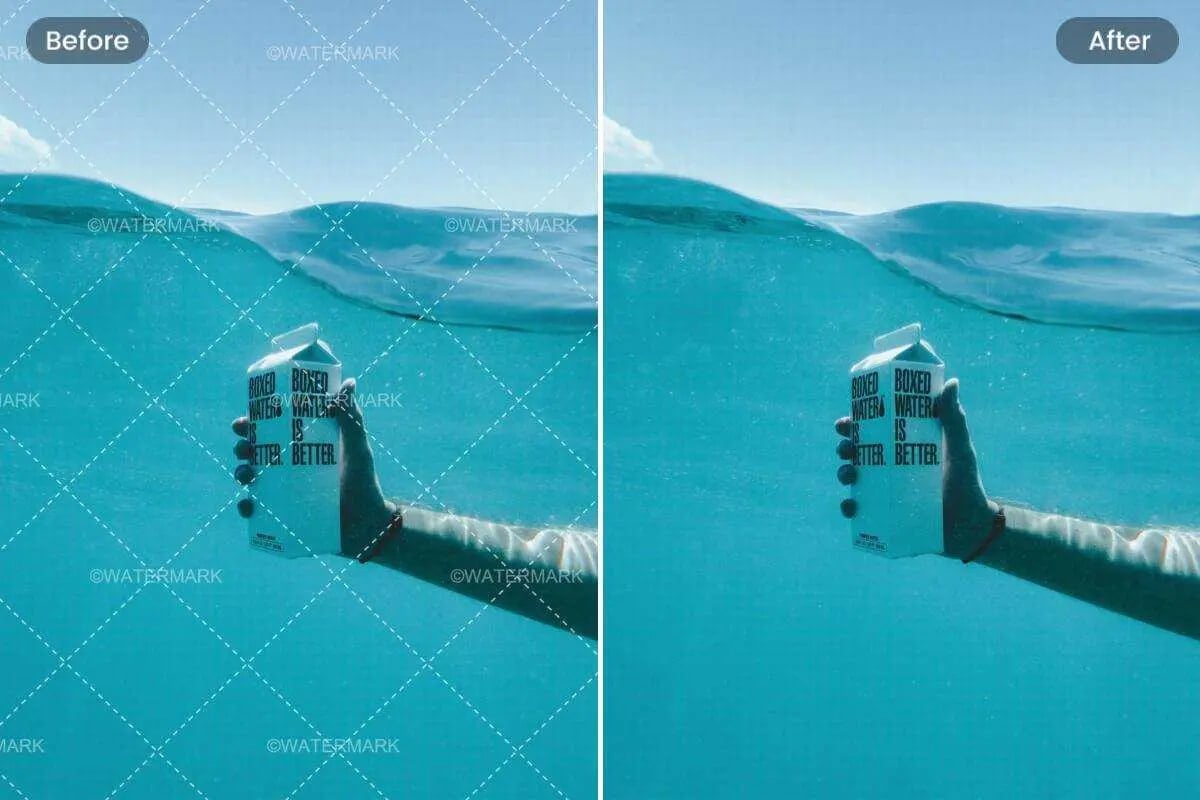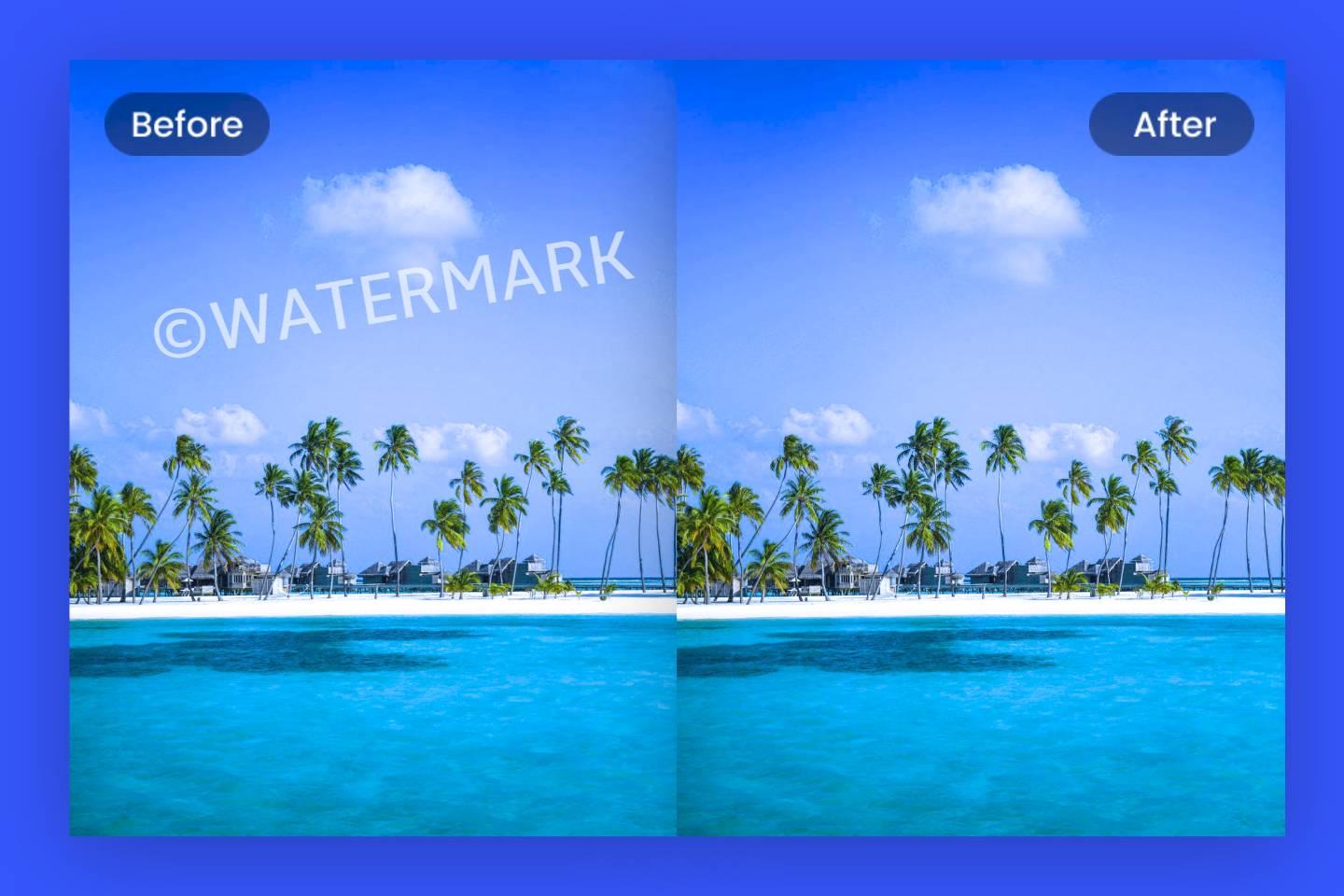
Fotor Watermark Remover: Complete Buyer's Guide
Accessible AI-powered solution for automated watermark detection and removal
Fotor Watermark Remover positions itself as an accessible AI-powered solution for automated watermark detection and removal, targeting the growing market of AI design professionals who need efficient asset preparation workflows [137].
Market Position & Maturity
Market Standing
Fotor Watermark Remover operates in the accessible segment below enterprise solutions but above basic free tools [142].
Proof of Capabilities
Customer Evidence
Customer success patterns reveal a primarily SMB user base including marketing agencies and e-commerce sellers who value the platform's accessibility and cost transparency [142].
AI Technology
Fotor's core AI functionality employs generative inpainting for background reconstruction [142].
Architecture
The platform's web-based architecture eliminates installation requirements and simplifies access [142].
Primary Competitors
Primary competitors include API-first solutions like Dewatermark.ai and desktop solutions like iMyFone MarkGo [25][55][62][13].
Competitive Advantages
Fotor's competitive strengths emerge in accessibility and user experience rather than raw processing power or enterprise features [142].
Market Positioning
Market positioning places Fotor in the accessible segment below enterprise solutions but above basic free tools [142].
Win/Loss Scenarios
Win scenarios include small design teams and individual professionals requiring cost-effective watermark removal for moderate-volume scenarios with straightforward watermark types, while loss scenarios involve high-volume enterprise processing or complex integration requirements where specialized alternatives provide better value.
Key Features

Pros & Cons
Use Cases
Pricing
Featured In Articles
Comprehensive analysis of AI Watermark Removers for AI Design for AI Design professionals. Expert evaluation of features, pricing, and implementation.
How We Researched This Guide
About This Guide: This comprehensive analysis is based on extensive competitive intelligence and real-world implementation data from leading AI vendors. StayModern updates this guide quarterly to reflect market developments and vendor performance changes.
148+ verified sources per analysis including official documentation, customer reviews, analyst reports, and industry publications.
- • Vendor documentation & whitepapers
- • Customer testimonials & case studies
- • Third-party analyst assessments
- • Industry benchmarking reports
Standardized assessment framework across 8 key dimensions for objective comparison.
- • Technology capabilities & architecture
- • Market position & customer evidence
- • Implementation experience & support
- • Pricing value & competitive position
Research is refreshed every 90 days to capture market changes and new vendor capabilities.
- • New product releases & features
- • Market positioning changes
- • Customer feedback integration
- • Competitive landscape shifts
Every claim is source-linked with direct citations to original materials for verification.
- • Clickable citation links
- • Original source attribution
- • Date stamps for currency
- • Quality score validation
Analysis follows systematic research protocols with consistent evaluation frameworks.
- • Standardized assessment criteria
- • Multi-source verification process
- • Consistent evaluation methodology
- • Quality assurance protocols
Buyer-focused analysis with transparent methodology and factual accuracy commitment.
- • Objective comparative analysis
- • Transparent research methodology
- • Factual accuracy commitment
- • Continuous quality improvement
Quality Commitment: If you find any inaccuracies in our analysis on this page, please contact us at research@staymodern.ai. We're committed to maintaining the highest standards of research integrity and will investigate and correct any issues promptly.